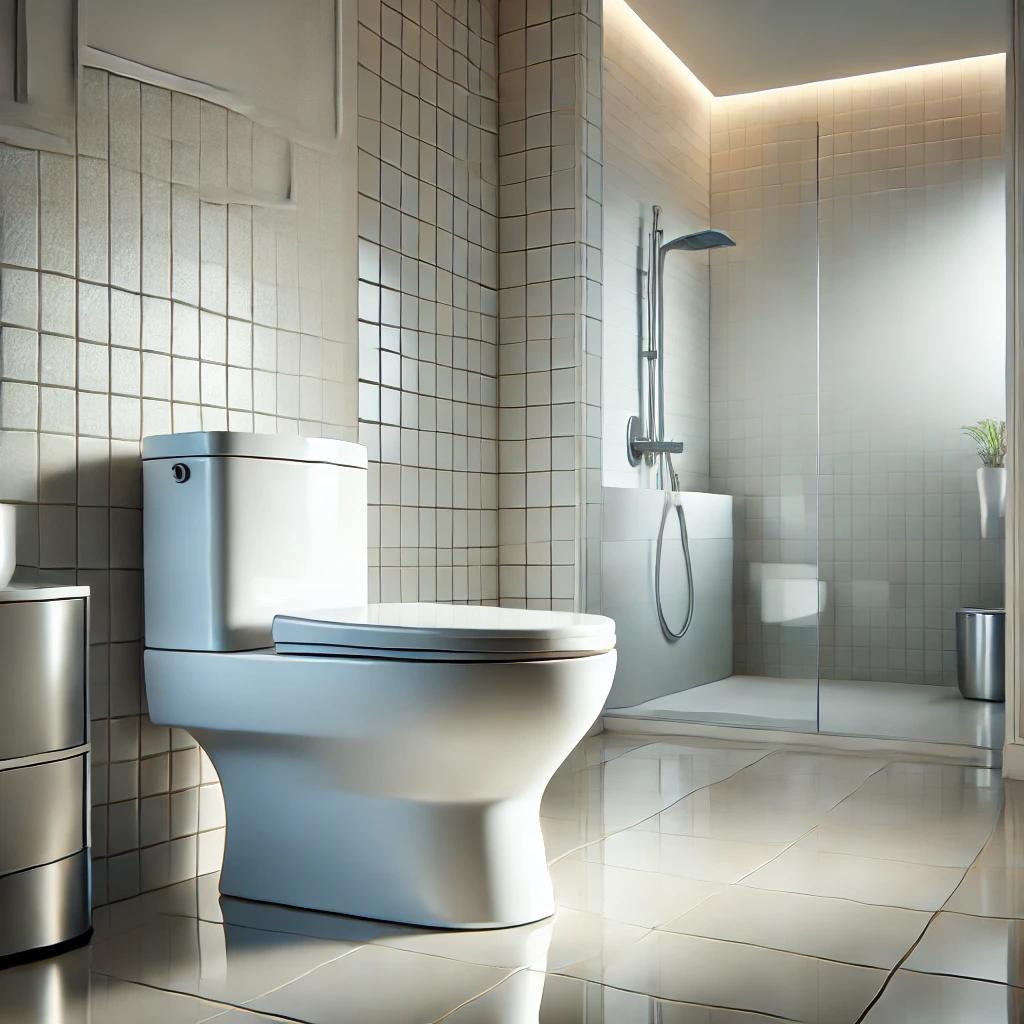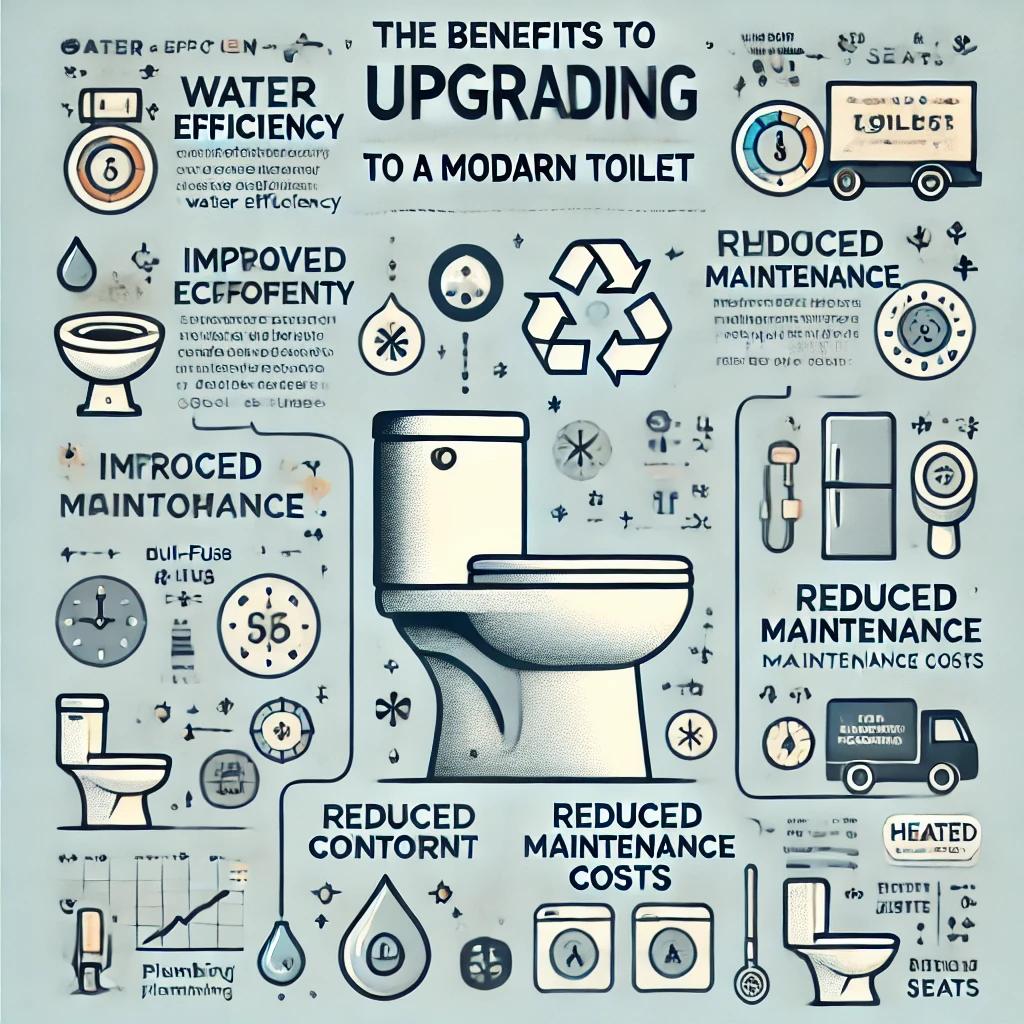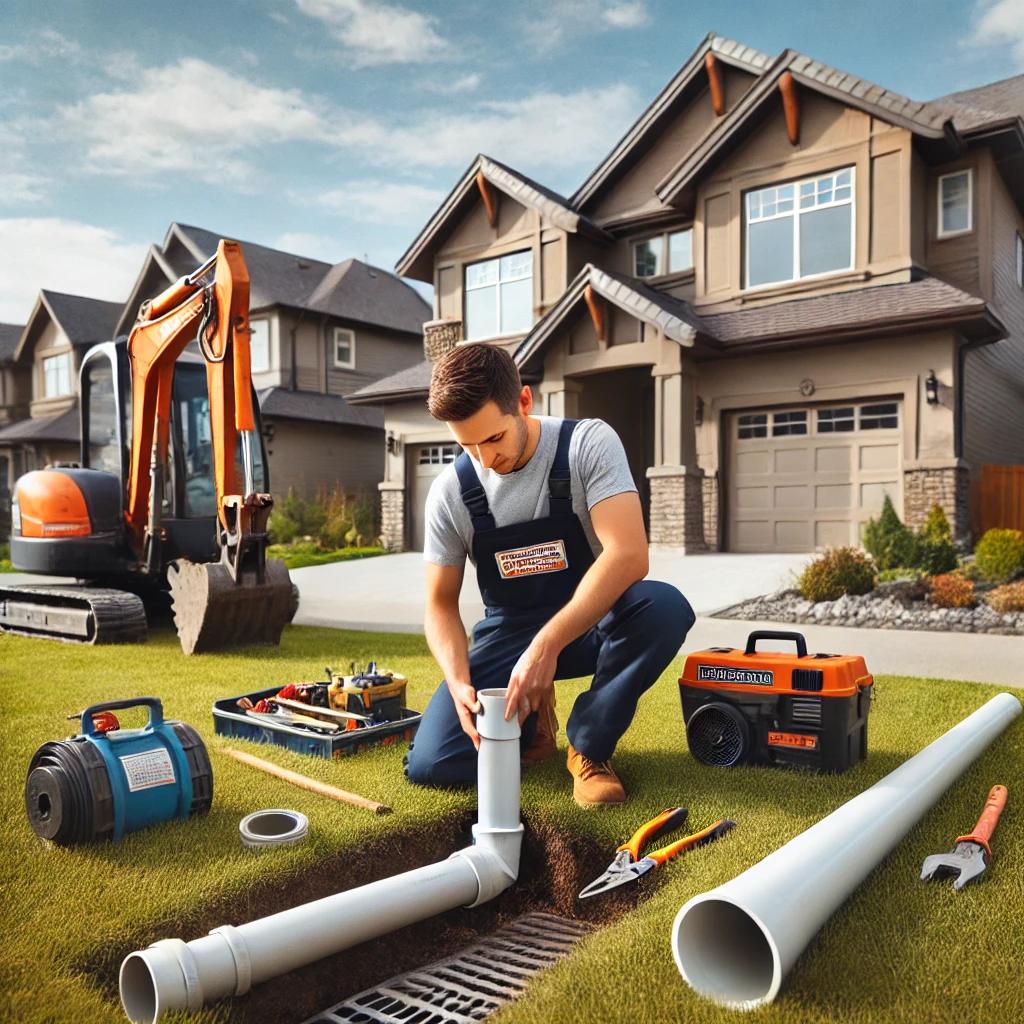How Do I Know If I Need A New Toilet In My Calgary Home
Is your toilet causing more problems than it solves? Knowing when to replace a toilet is critical for avoiding unnecessary costs and ensuring your bathroom is functional and efficient. Recognizing the signs of a failing toilet can save you time, money, and hassle.
This guide explores how to determine if your toilet needs replacement, the benefits of upgrading, and the importance of professional toilet installation for Calgary homeowners.

Common Signs You Need a New Toilet
Frequent Repairs
- Recurring issues such as leaks or flushing problems may indicate the need for a toilet replacement.
- Repairs for old parts often cost more in the long run.
Visible Cracks and Leaks
- Cracks in the bowl or tank lead to water leakage, damaging floors and walls.
- Unresolved leaks waste water and increase utility bills.
Inefficient Water Usage
- Older models use more water compared to modern water-efficient toilets.
- High water bills could signal it’s time for an upgrade.
Constant Running Water
- If your toilet constantly runs despite repairs, it’s likely time for a replacement.
- Worn-out parts may not function properly in older toilets.
Frequent Clogs
- If clogs occur more than once a week, the toilet design may be outdated.
- Newer toilets feature better drainage systems to prevent blockages.
Benefits of Upgrading Your Toilet
Water Efficiency
- Low-flow and dual-flush models significantly reduce water consumption.
Enhanced Comfort and Design
- Modern toilets feature comfort-height designs and sleek aesthetics.
- Options like elongated bowls provide better user comfort.
Advanced Features
- Innovations like touchless flushing, heated seats, and built-in bidets improve functionality.
Reduced Maintenance Costs
- Durable materials and components minimize the need for frequent repairs.
- Investing in a quality toilet saves money over time.

When to Call a Professional Plumber
Diagnosing Persistent Issues
- Call a plumber to identify leaks, cracks, or persistent flushing problems.
- Professionals can determine if repairs or a replacement is more cost-effective.
Installing High-Efficiency Models
- A plumber ensures proper setup for toilet installation to prevent issues.
- Upgrading to an energy-efficient model saves water and energy bills.
Addressing Major Leaks or Structural Problems
- Cracks in the tank or bowl often require immediate attention to prevent water damage.
- Plumbers can safely replace the unit and avoid further issues.
Signs You Need a New Toilet: A Quick Checklist
- Frequent leaks and repairs.
- Cracks in the tank or bowl.
- Higher water bills due to inefficiency.
- Persistent clogging issues.
- Outdated design lacking modern features.
Repair vs. Replace: A Comparison Table
| Criteria | Repair | Replace |
|---|---|---|
| Cost | Lower for minor issues | Higher upfront, long-term savings |
| Lifespan Extension | Limited | Significant |
| Water Efficiency | Minimal improvement | Substantial savings |
| Features | None | Modern functionality |
FAQs
How do I know if my toilet needs replacement instead of repair?
If repairs are frequent or costly, or you notice cracks, leaks, or inefficiency, replacing your toilet may be the better choice.
What are the advantages of upgrading to a modern toilet?
Modern toilets save water, reduce maintenance, and offer advanced features like dual-flush systems and heated seats.
Can I replace a toilet myself?
While DIY is possible, professional installation ensures proper fitting and prevents future issues.
How long does a toilet typically last?
A well-maintained toilet lasts 10–15 years but may need earlier replacement due to wear and tear.
How much water can a high-efficiency toilet save?
High-efficiency toilets use 1.28 gallons per flush or less, saving thousands of gallons annually.



